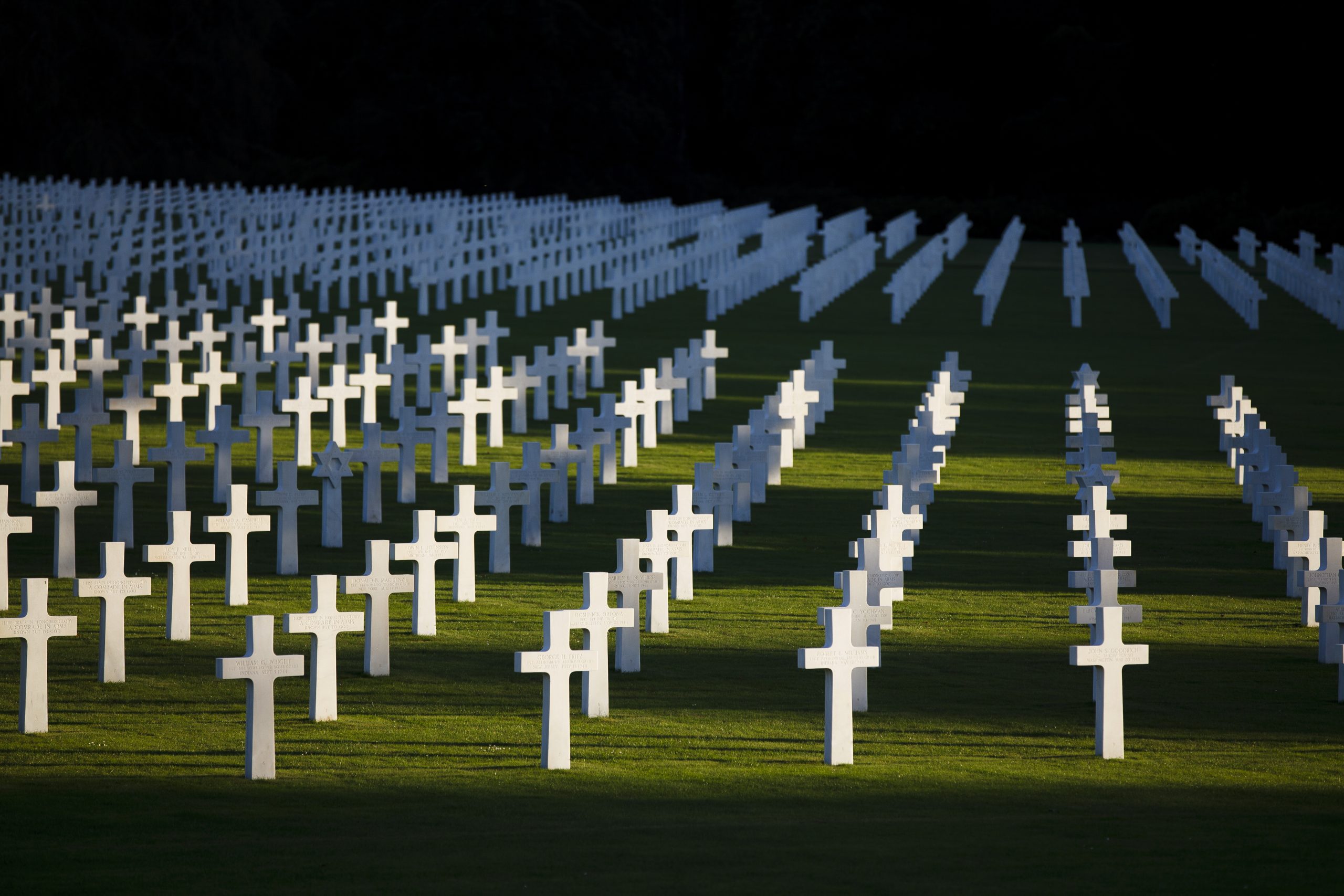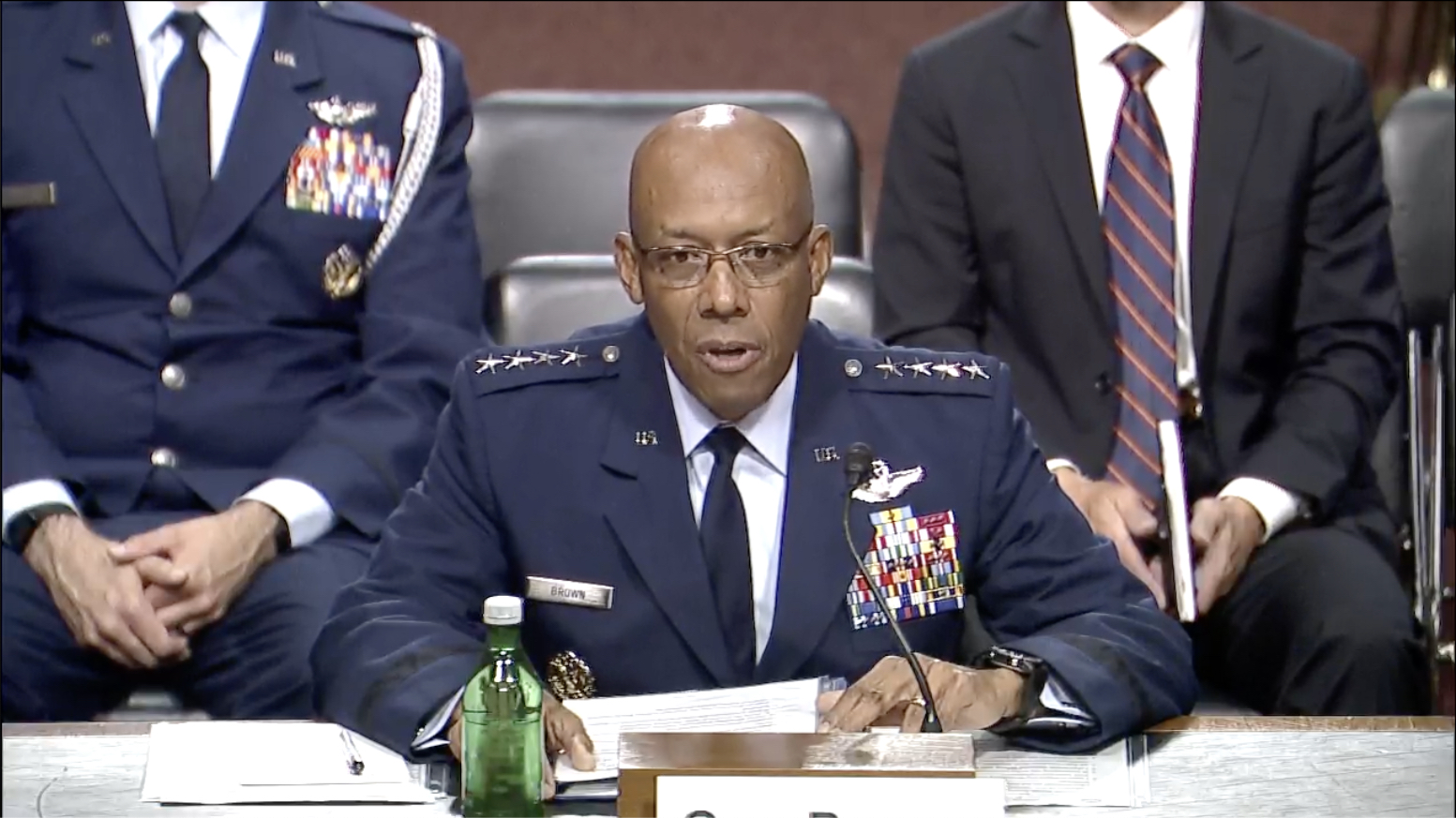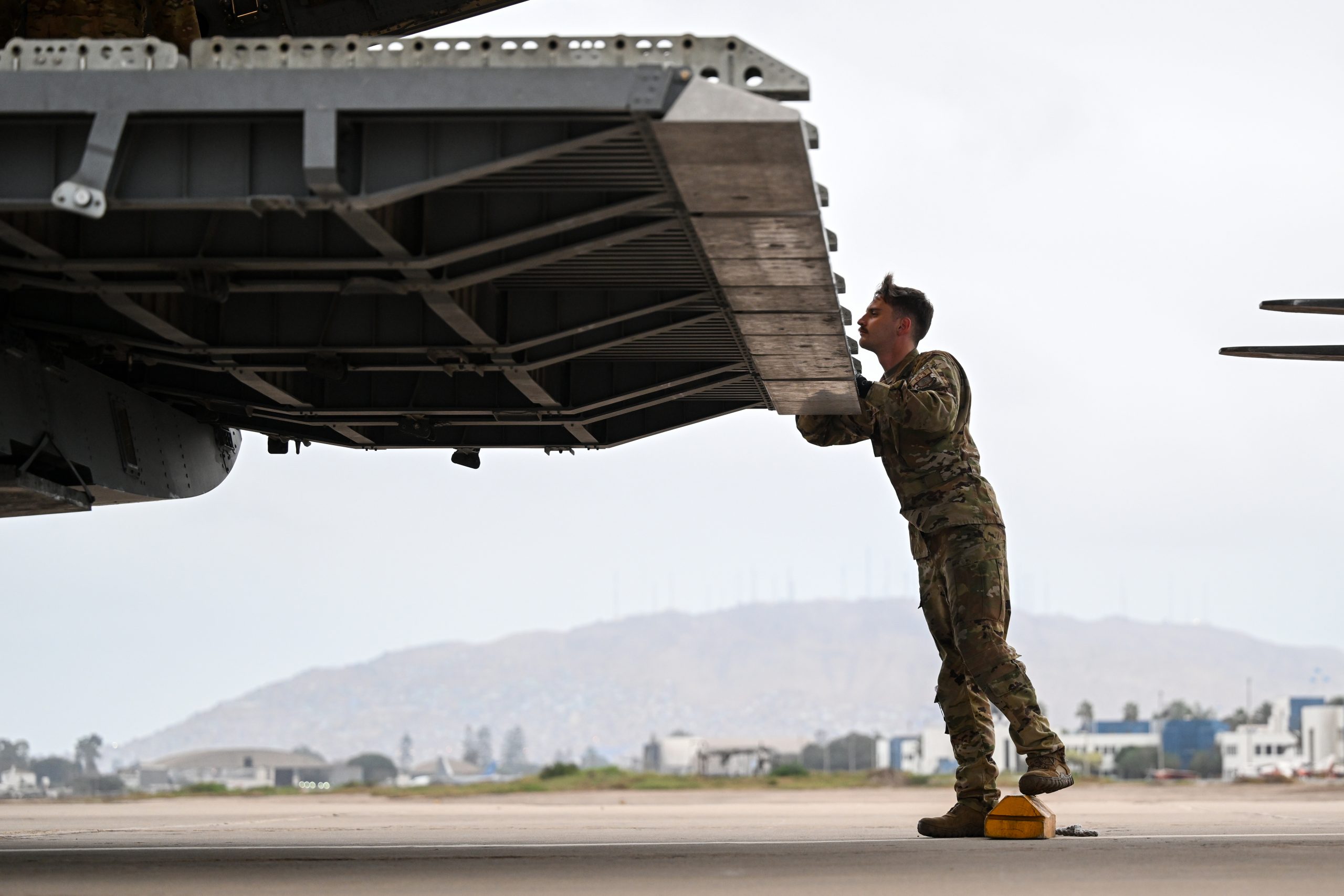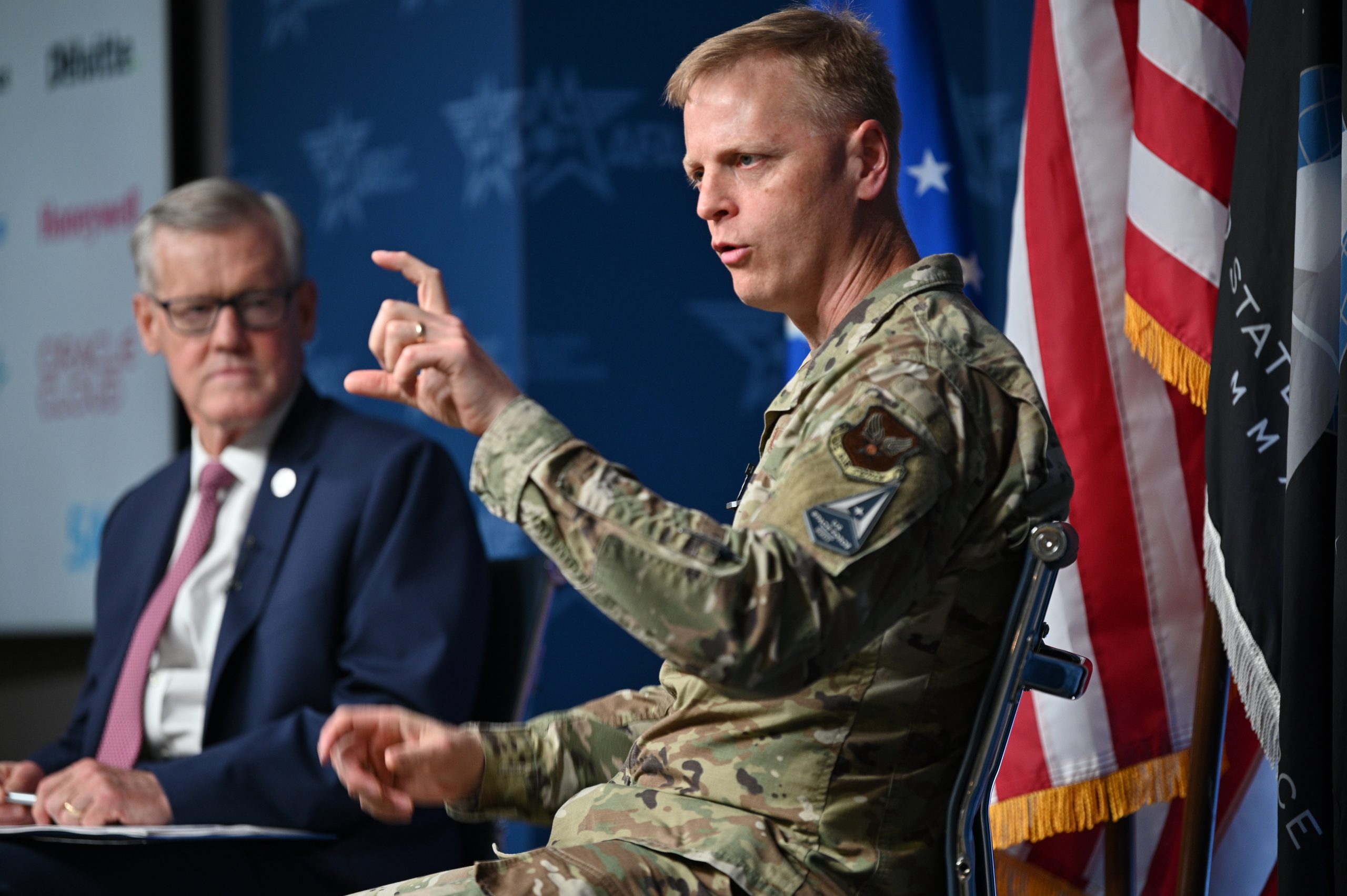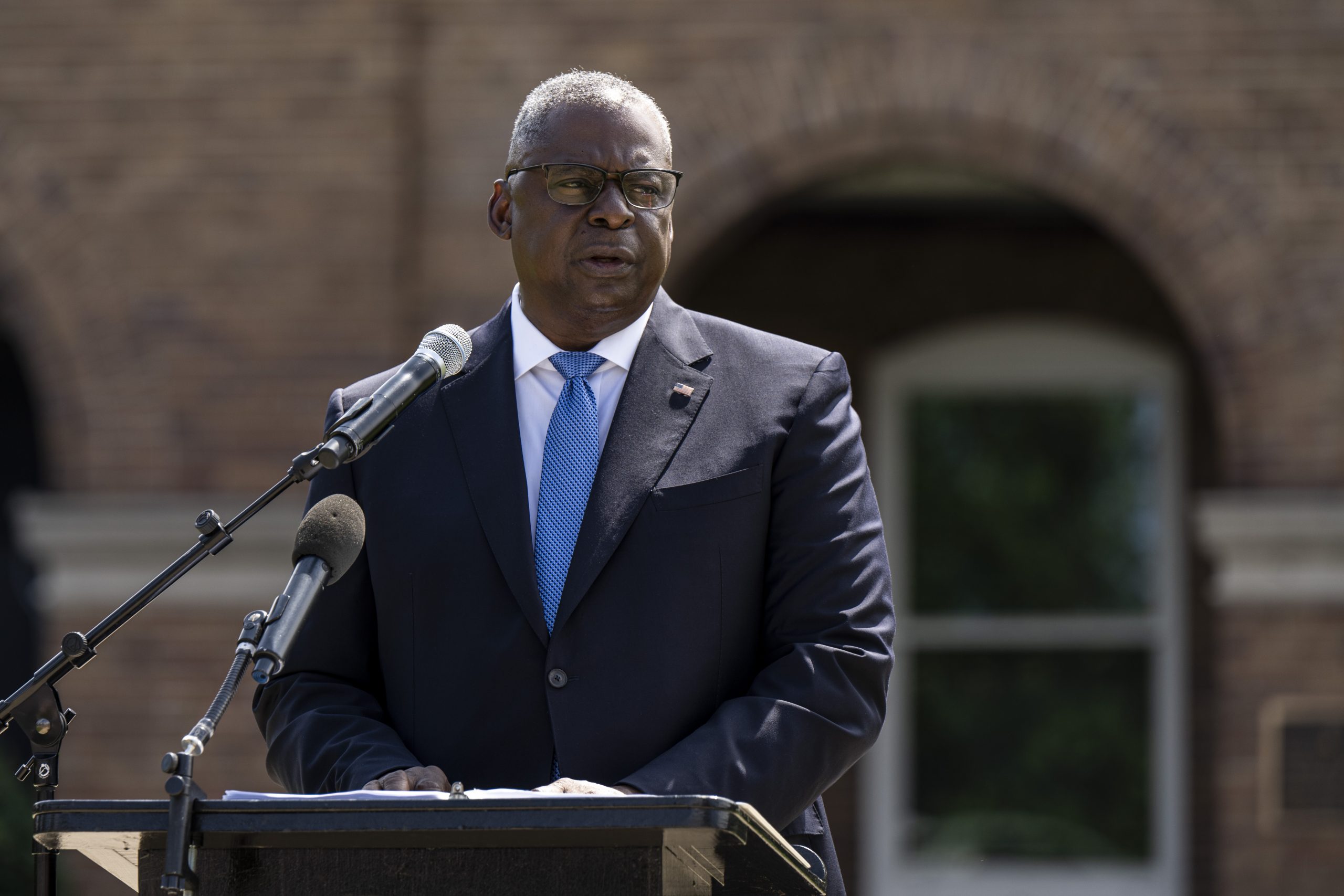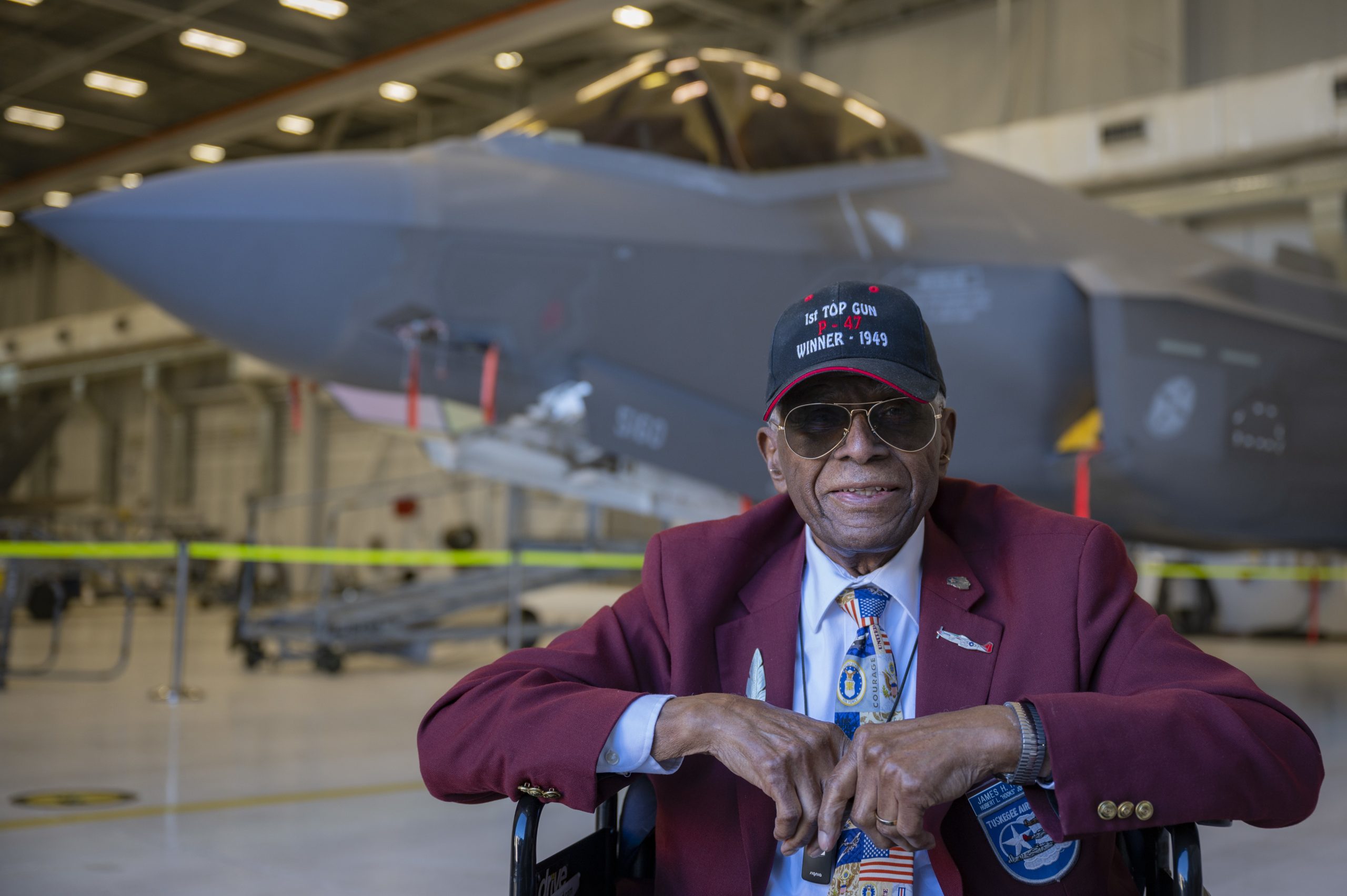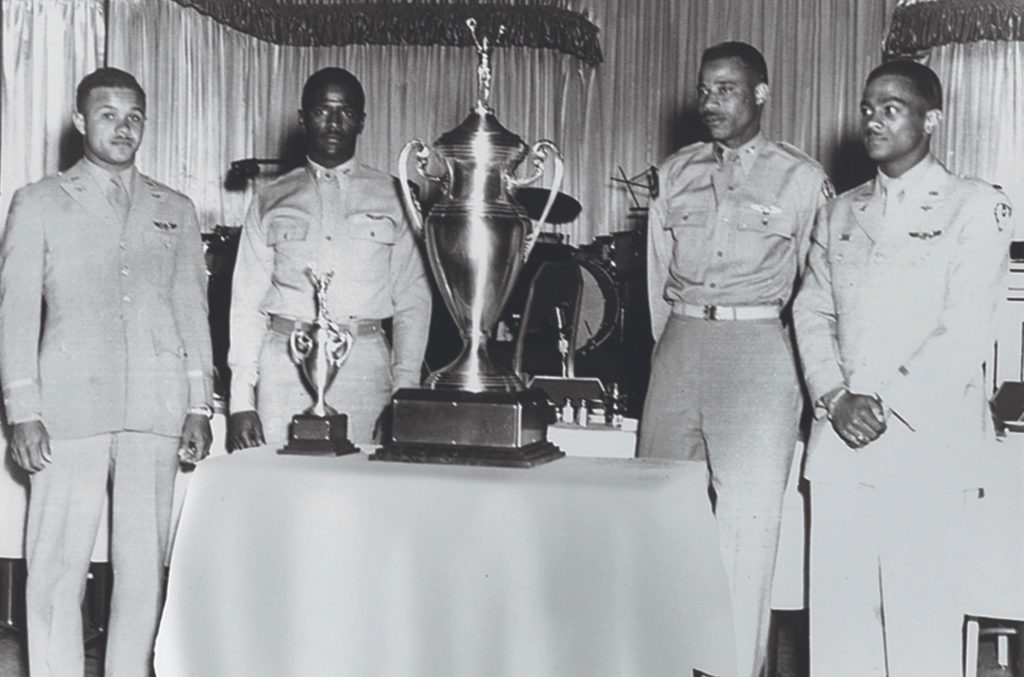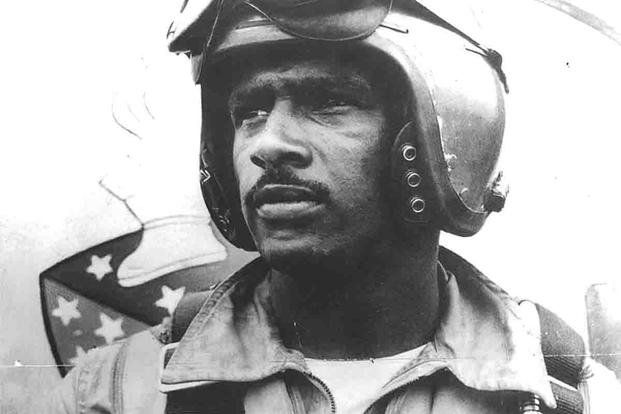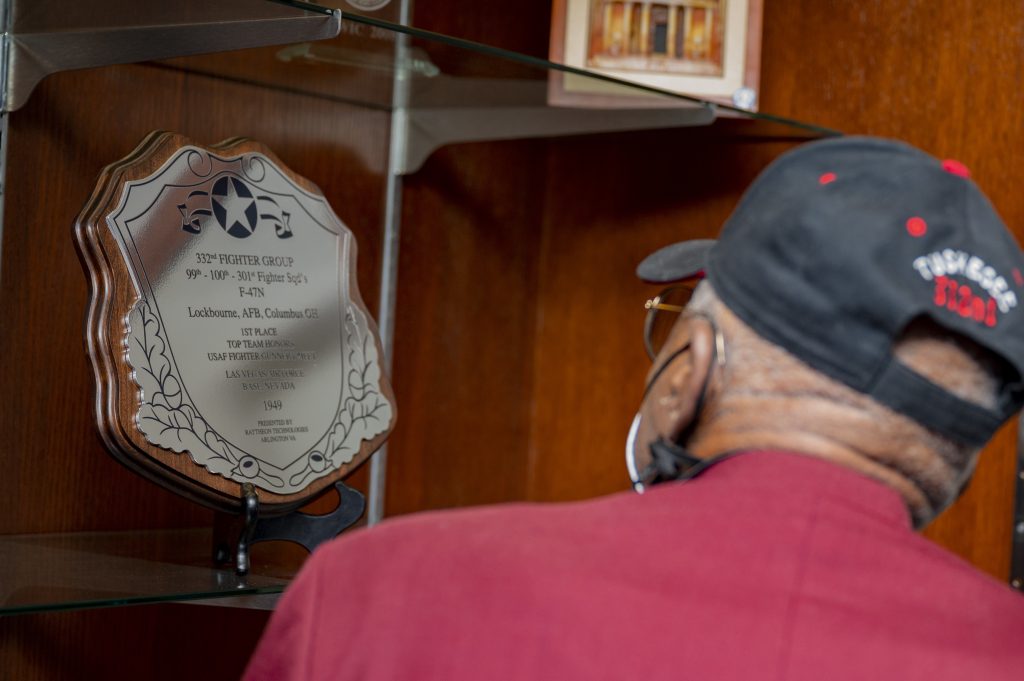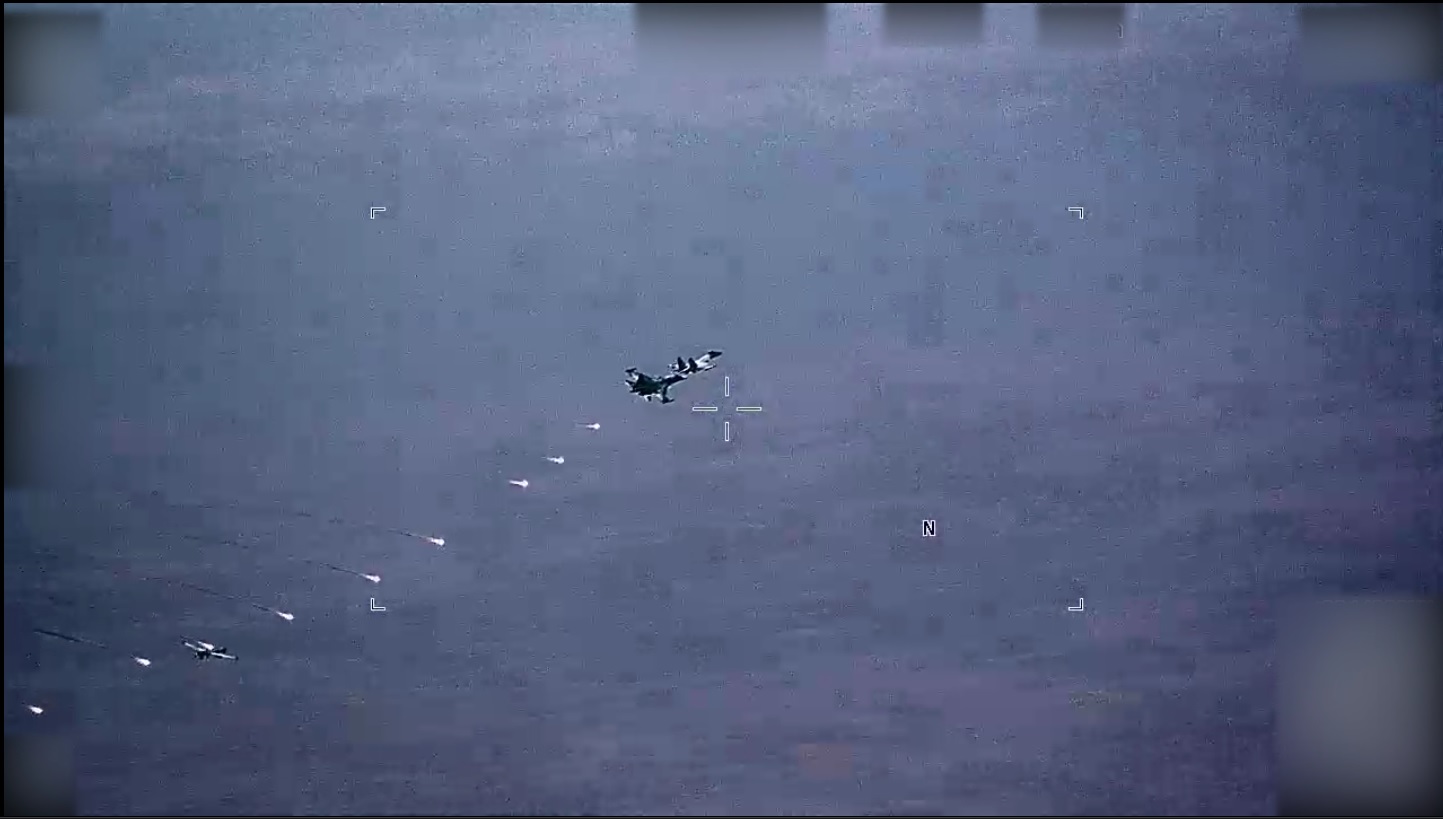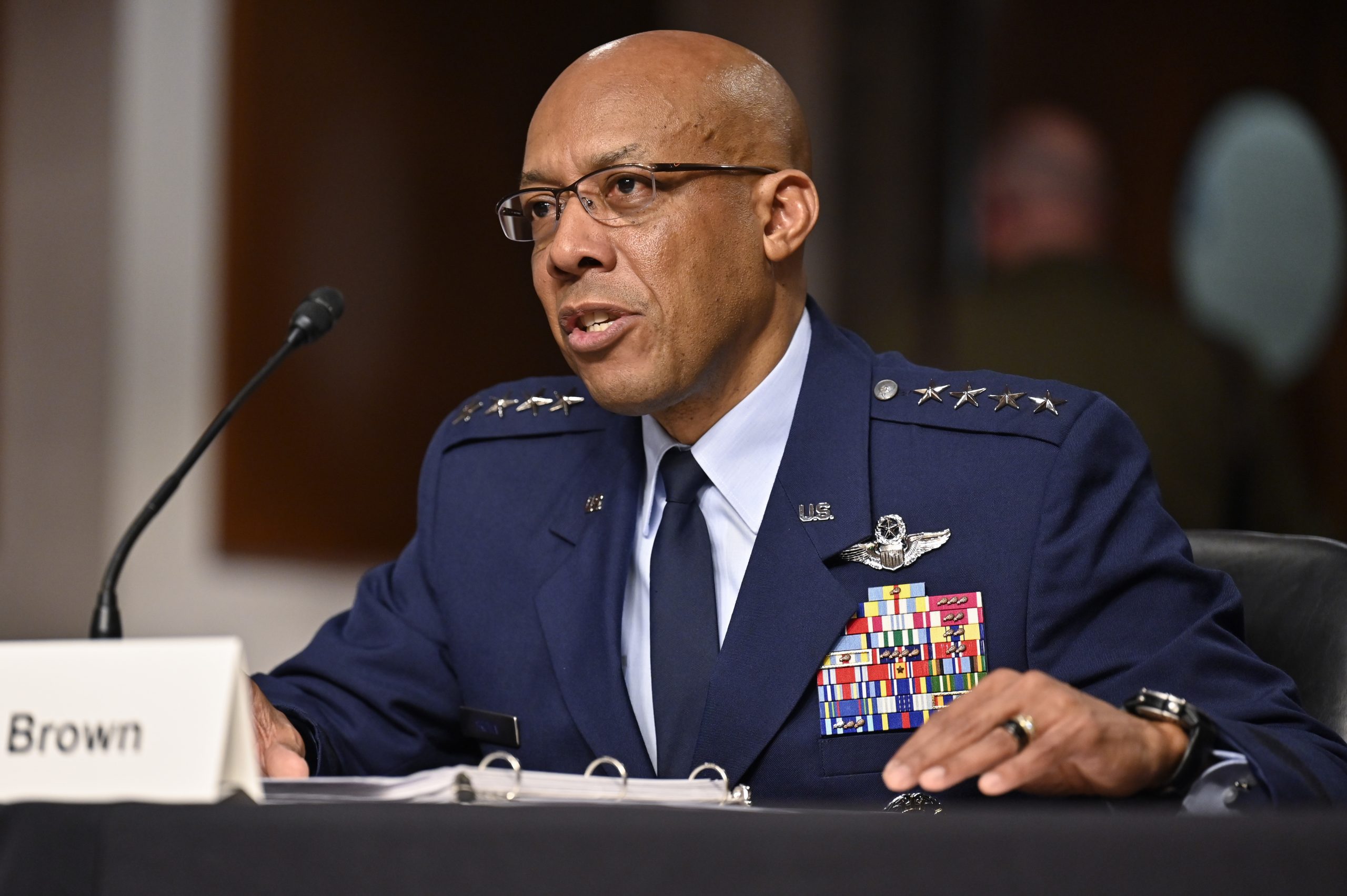Were there to be a pilgrimage for Americans, it seems to me these hallowed and majestic fields should be the destinations: the cemeteries where the heroes of some of our toughest, bloodiest and most consequential combat campaigns are buried.
Looking across the landscape, I believe their stories can still be heard in the whispering breeze rustling the trees nearby.
The order of it all is difficult to comprehend. Here are 5,274 pristine white headstones perfectly aligned in rows atop magnificently maintained acres of green, amber, and gold, stretching to the horizon. It belies the chaos in which these fallen comrades gave their lives.
This trip brings me to the Ardennes American Cemetery and the Henri-Chapelle American Cemeteries, both near Brussels, Belgium; the Suresnes American Cemetery and the Lafayette Escadrille Memorial Cemetery near Paris, France. I will leave profoundly changed.
At the Lafayette Escadrille Memorial Cemetery, which marks the birthplace of combat aviation, I return with the wings my wife’s grandfather wore in combat here 104 years ago. In the crypt nearby, a series of magnificent stained glass windows depict a vibrant American Eagle leaving New York for France, and the subsequent vicious battles that left some 116,000 Americans dead as they turned the tide in World War I. The last window shows a victorious but profoundly exhausted American Eagle with head hung low from the suffering that came from the “war to end all wars.”
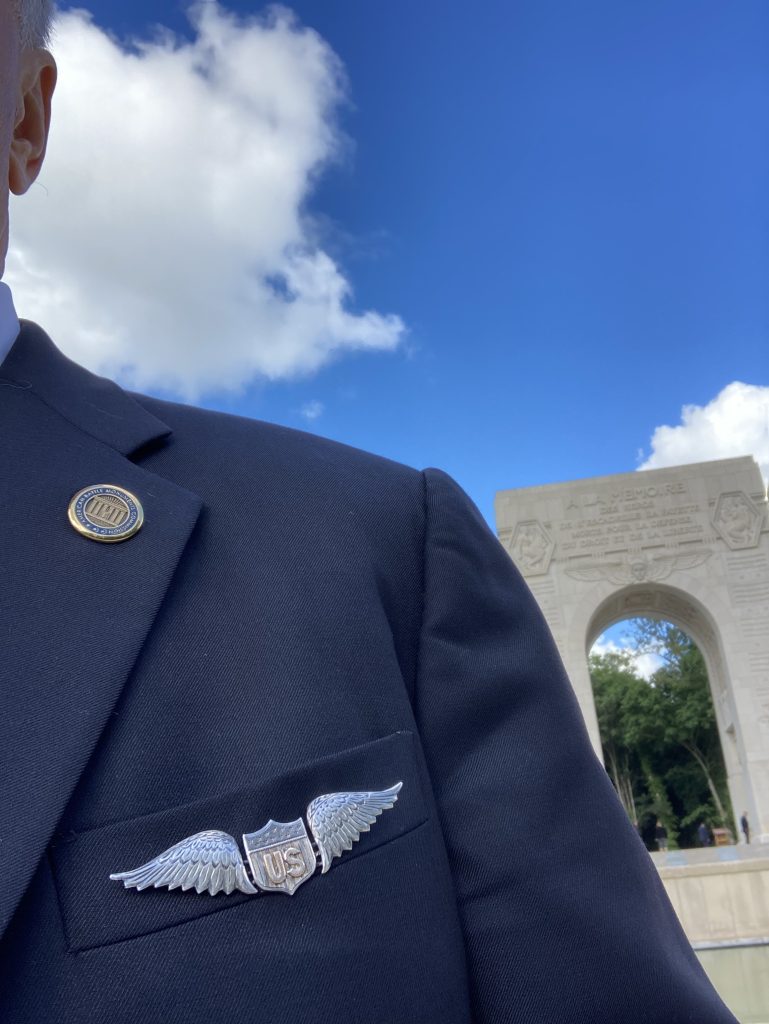
At Henri-Chapelle, dozens of aging Belgians carry flags commemorating Second World War battles that took place nearby. Some 40 local grammar school children wave American flags and sing the Star Spangled Banner—in English—still grateful for all we did.
Next, a half dozen Belgian children step to a podium and read aloud letters written by the Americans at rest in this cemetery, ordinary letters home that speak of hopes and dreams and homecomings that never could be fulfilled. They also speak of loss and sacrifice of the brothers and sisters who preceded them in death.

There is little mention of the blackness that brought them to fight in these fields. The Nazis, Fascists, and Imperialists get little attention in their writing. Barely past their childhoods, the fallen came from all over America, from farms and cities, East and West. We honor them by remembering.
Later, while walking this beautiful field, I come upon a family that spans generations. The oldest, in a meticulously pressed dark suit, is hunched over and touching the headstone of his brother for the very first time. He brings forward a grandson who touches the headstone too. A torch is passed. I give them distance and bow my head and say a quiet prayer,.
With each step among the headstones, each knee taken to read an inscription, each momentary pause to reflect on lives ripped from their dreams too soon, I feel the emotions welling up within me.
In the silence, I come to believe that they will hear my prayer, touch my tear, and feel my spirit. Yet in the quiet breeze, I hear no bitterness for their loss; just gratitude for being remembered.
Among the headstones are some etched in gold, befitting those recognized with the Medal of Honor. But most have no such recognition, just the plain white stone that identifies them as courageous and proud patriots who went into battle sure only that to their left and right were people who would die for them, and for whom they would die if called. They lie together now.
I fly with them in leather helmets, crushed hats, and oil spattered goggles pinned in the free stream, on missions flown deep into the heart of enemy territory. Courageously climbing high into the sun and streaking low into the clutches of death, their world is one without traditional boundaries or barriers, a vortex instead of earth and sky and flak, bullets, and bombs. The dimensions of aerial combat are unprecedented in scope and complexity. Together, they won the air.
They invite me to join their band of brothers on the ground, and stand next to them as they peer through binoculars, caked in mud and blood with no time for pain. They fought with valor against tyranny in bitter and violent battles across six continents. Together, they won the ground.
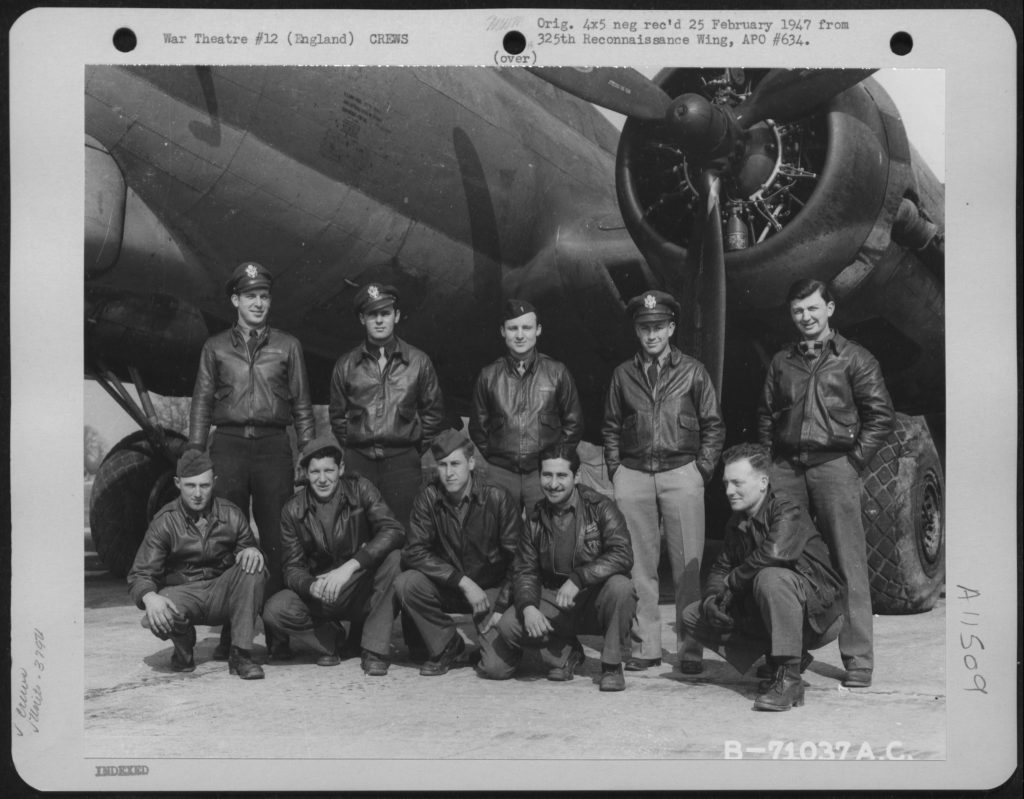
They take me with them into the stinging salt spray, across the waves, and through the fog of war. Though few headstones mark their loss, their bodies more often committed to the depths, they too must be remembered: Together, they won the sea.
Around the world are 26 American cemeteries and 32 memorials to American values, service and sacrifice, controlled by the American Battle Monuments Commission. Normandy, Midway, Flanders Field, Guadalcanal, the Battle of the Bulge, Panama, North Africa and all the others, stand as beacons of the hope America brought, and continues to bring, a nation founded on freedom, that offers help without compromise, whenever and wherever called.
Were there to be a pilgrimage for Americans, it should be to these places, where the magnificence of our Nation is seen most clearly in the stories of those at rest.
Come here, my friends, and let their stories take root and live on in your heart. You will leave profoundly changed.
Daniel P. Woodward is a retired Air Force brigadier general, a presidentially appointed Commissioner with the American Battle Monuments Commission, and the Executive Director of Arnold Air Society and Silver Wings, a non-profit collegiate professional development organization committed to building military and civilian servant leaders.
